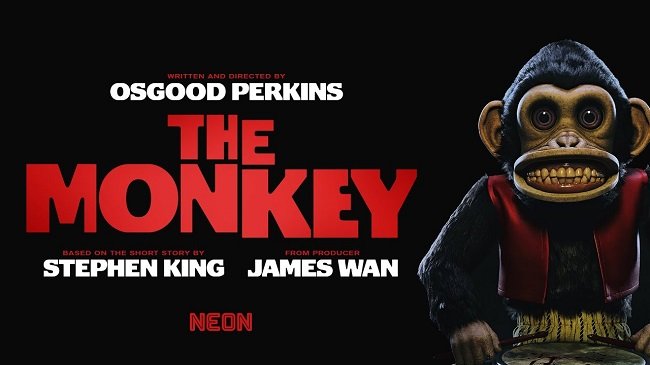Tales of Terror (1962)
Directed by Roger Corman, Tales of Terror is an anthology horror film based upon three short stories by Edgar Allan Poe. “Morella”, “The Black Cat” and “The Facts in the Case of M. Valdemar”. Adapted by Richard Matheson, the screenplay offers a ghoulish tale of revenge, a humorous story of a drunk who murders his wife and her lover and a sinister story of a mesmerist who hypnotises a terminally ill man at the point of death. Deftly produced and looking far more sumptuous than you’d expect from such a modest budget film, Tales of Terror benefits from a strong cast of old school, Hollywood character actors. The anthology format affords each story a fairly prompt and ghoulish climax and as ever with the films of Roger Corman from this period, visual creativity and innovation elevate the proceedings above the standard exploitation fare of the time.
Tales of Terror is the fourth entry into the Roger Corman’s series of adaptations of the work of Edgar Allan Poe and the first to use the portmanteau format. Vincent Price makes a return after being absent in the previous entry Premature Burial which starred Ray Milland. Price demonstrates his acting prowess not only in three lead roles but by also providing the linking narration that frame all the stories. The short nature of each story doesn’t afford an opportunity for any in depth character development, hence the presence of a cast of robust and charismatic actors is invaluable in bolstering the narrative. The financial success of the previous instalments of the series meant that there was a greater budget available for the cast. Hence Price is joined by two stalwarts from the golden age of Hollywood; Peter Lorre and Basil Rathbone.
As ever with Corman productions, the production design by Daniel Haller is handsome and the sets are cleverly contrived to look more opulent than they actually are. Many have been recycled from previous production. Cinematographer Floyd Crosby, a long time collaborator of Roger Corman productions, lights the proceedings in an atmospheric way. This is especially noticeable in the last story, in which the mutlicoloured light used by mesmerist Mr. Carmichael (Basil Rathbone), bathes the actors in red, blue and yellow light in turn. There are also several sequences that use optical effects to distort the film image and give the stories a suitably supernatural ambiance. They also mask the basic nature of some of the make up effects. Legendary special effects artist Albert Whitlock created two notable matte paintings for the film. The Locke residence next to the sea and the Valdemar mansion nestled among the trees.
Tales of Terror presents an interesting change of approach from the earlier Roger Corman adaptations of the work of Edgar Allan Poe. The anthology format has both strengths and weaknesses. It provides a convenient means to swiftly build up to a climatic shock and offers three stories instead of one. Yet the strong cast have to rely on their established cinematic personalities to carry each story, as the script doesn’t offer much beyond what you see. Perhaps the most noticeable deviation from prior Poe adaptations is the humorous tone of the second story, The Black Cat. Peter Lorre is an amusing drunk and doesn’t really come across as a potential threat and murderer. However, despite this tonal shift, Tales of Terror remains a well crafted and enjoyable example of US Gothic horror form the sixties. Although similar in many ways to the UK’s Hammer productions, Corman’s work has a very different look and feel to it.




























